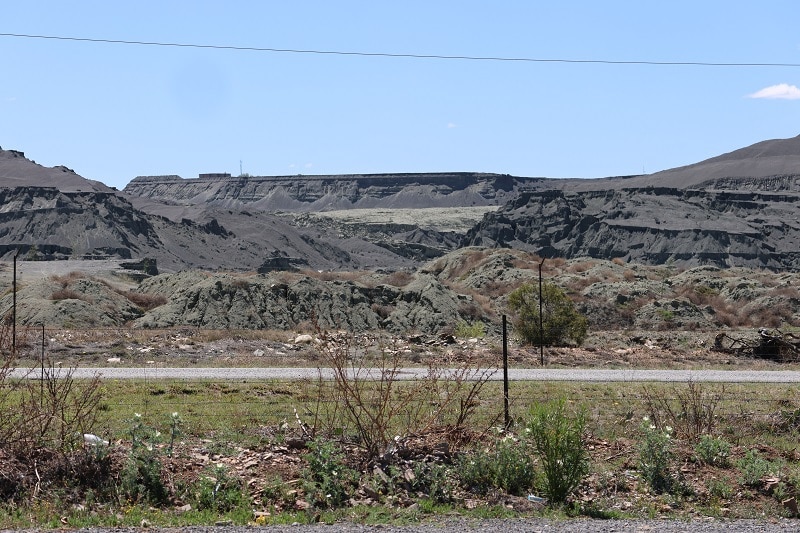Construction work on houses in the Charlesville and Itumeleng settlement was temporarily halted last month due to the risk that the second mine’s embankment could burst. This is especially a real danger with the rainy season coming up.
“If this embankment gives way, the silt will possibly follow the same route as last year and affect the same areas again,” says Adriaan de Bruyn, FF Plus MP.
The mine, under the control of Jagersfontein Development (JD), began pumping the silt from the dam into a hole. The mine also instructed to appoint an approved professional expert to oversee the emptying of the dam.
However, De Bruyn says anxious leaps have been made to pump the silt into the hole, without sufficient impact studies having been done in advance to determine what the effects of the silt will be on the underground water.
“They should have instead looked at an alternative way out such as strengthening the dam wall or moving the settlement’s houses,” he says.
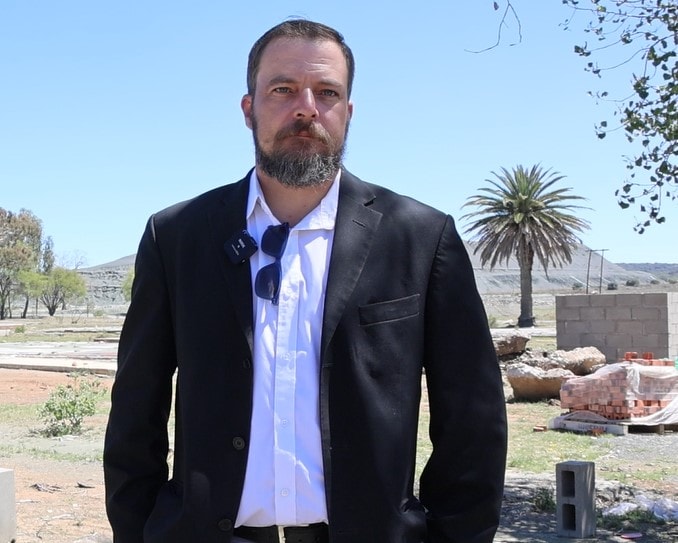
Wisane Mavasa, spokesperson for the Department of Water and Sanitation, confirmed that the construction work on houses resumed on 4 October.
According to Mavasa, however, the department instructed that the houses should not be inhabited until the second silt dam has been declared safe.
“The dam will not be declared safe until it has been completely pumped out,” confirms Mavasa. “Only then will the residents be allowed to move into the newly rebuilt houses.”
With RNews’s visit to this mining town last week, there was only one show house erected in Charlesville, with a few houses being rebuilt in Itumeleng. Residents affected by the disaster therefore still have nowhere to go 13 months later and many are still living with family, friends and acquaintances.
Complaint against the mine
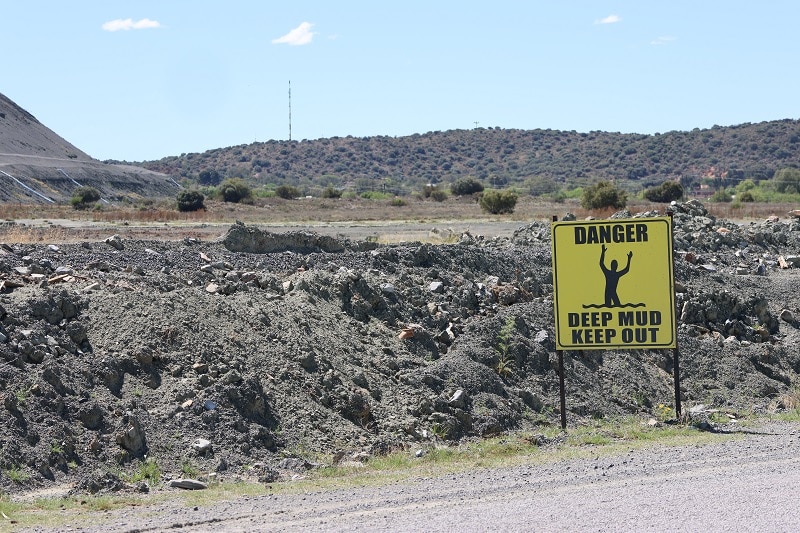
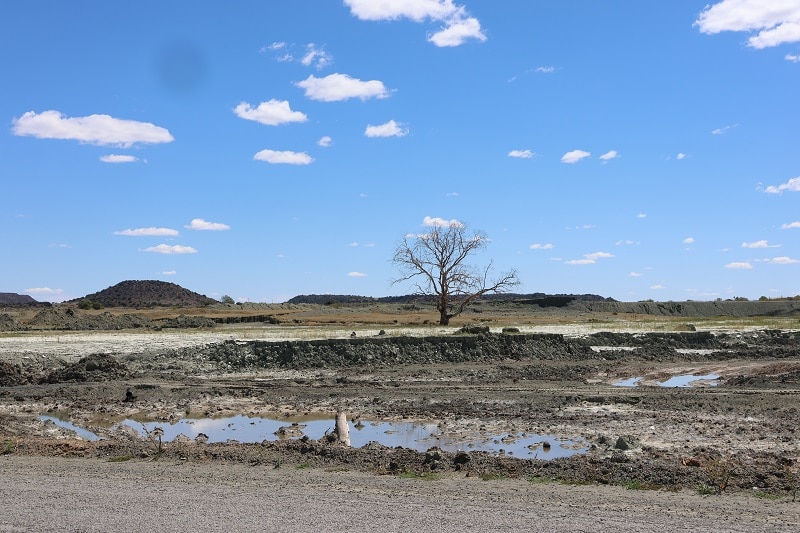
Meanwhile, an investigation file was handed over to the National Prosecuting Authority (NPA) after criminal charges were filed against the mine.
The Department of Water and Sanitation conducted a criminal investigation in November last year in terms of art. 151 of the National Water Act filed against the JD mining company. According to Mavasa, this investigation has now been completed.
The department issued a warning about the complaint to the mining company and then handed the dossier over to the NPA for consideration of prosecution.
The charges relate to the release of mine sludge, which is processed mining waste and, according to a department report, has the potential to contaminate water resources.
According to De Bruyn, the silt also poses a health risk for the residents. Residents are already complaining of allergies and asthma that they have developed in the past year.
The department is monitoring the impact of the disaster on the quality of surface and ground water sources. This is done by analyzing monthly water quality results, which are submitted by JD at the insistence of the department.
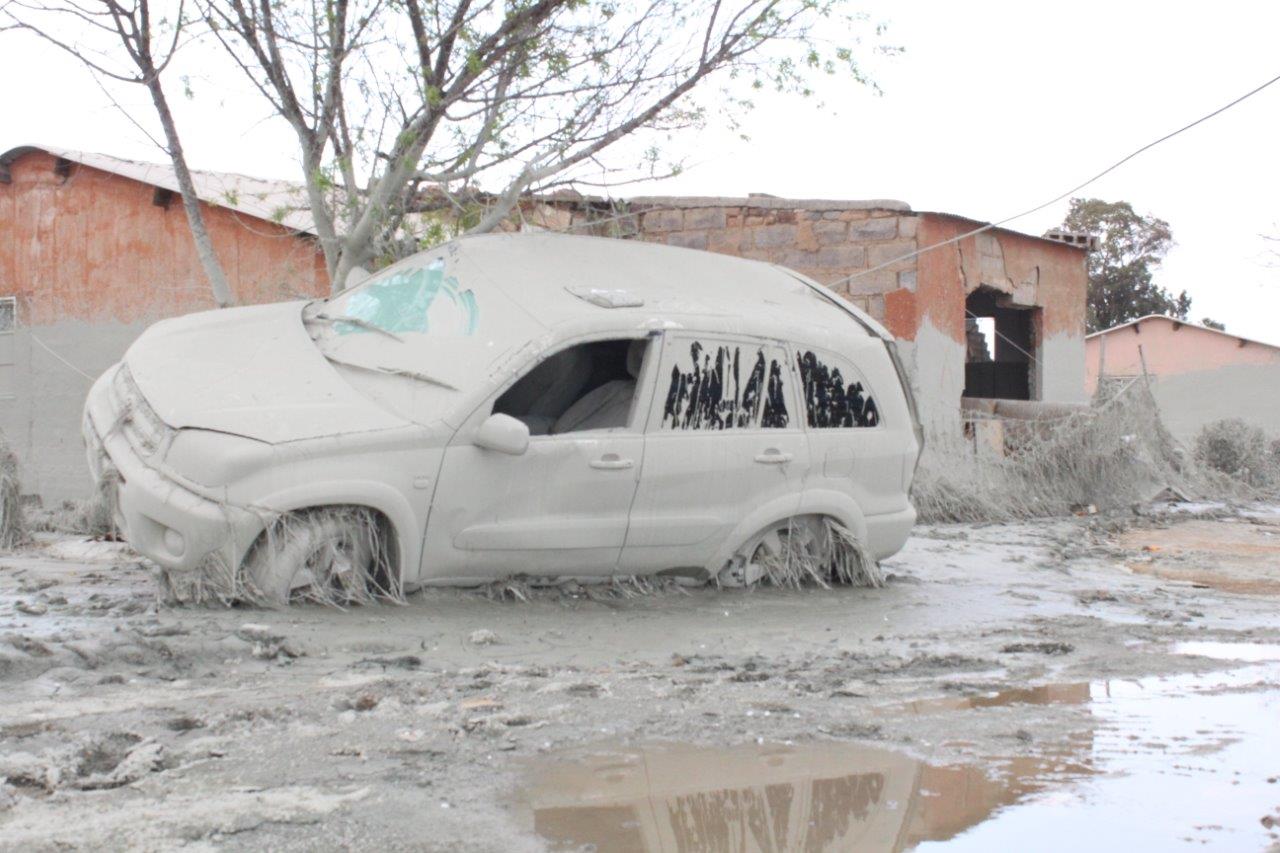
“The department can confirm progress with the cleaning of residues in the watercourses and the improvement of test results in terms of water quality,” confirms Mavasa.
“The department is working with the Kopanong local municipality to restore water and sanitation services and is providing support through its regional bulk infrastructure grant and water services infrastructure grant to tackle water and sanitation challenges in the municipality.”
The department also issued a directive to JD, instructing the company to rehabilitate and repair the watercourses affected by the silt. These include the Wolwas Dam, Kromellenboog River, Prosaspruit, Riet River and the Kalkfontein Dam.
According to residents, drinking water and power supply are still scarce and sewage runs in the streets in the affected settlements due to malfunctioning infrastructure. “The sewage is still a problem, even though the department built new sewage systems shortly after the disaster,” says De Bruyn.
Meanwhile, ActionSA has also written to the Human Rights Commission (HRC) to follow up on the complaint it lodged on 29 September last year about the disaster. The party wants the HRC to look into possible violations of human rights by the local municipality, the department of mineral resources and energy and Jagersfontein Development.
Apparently no progress has been made with this in the past year.
Cause investigation
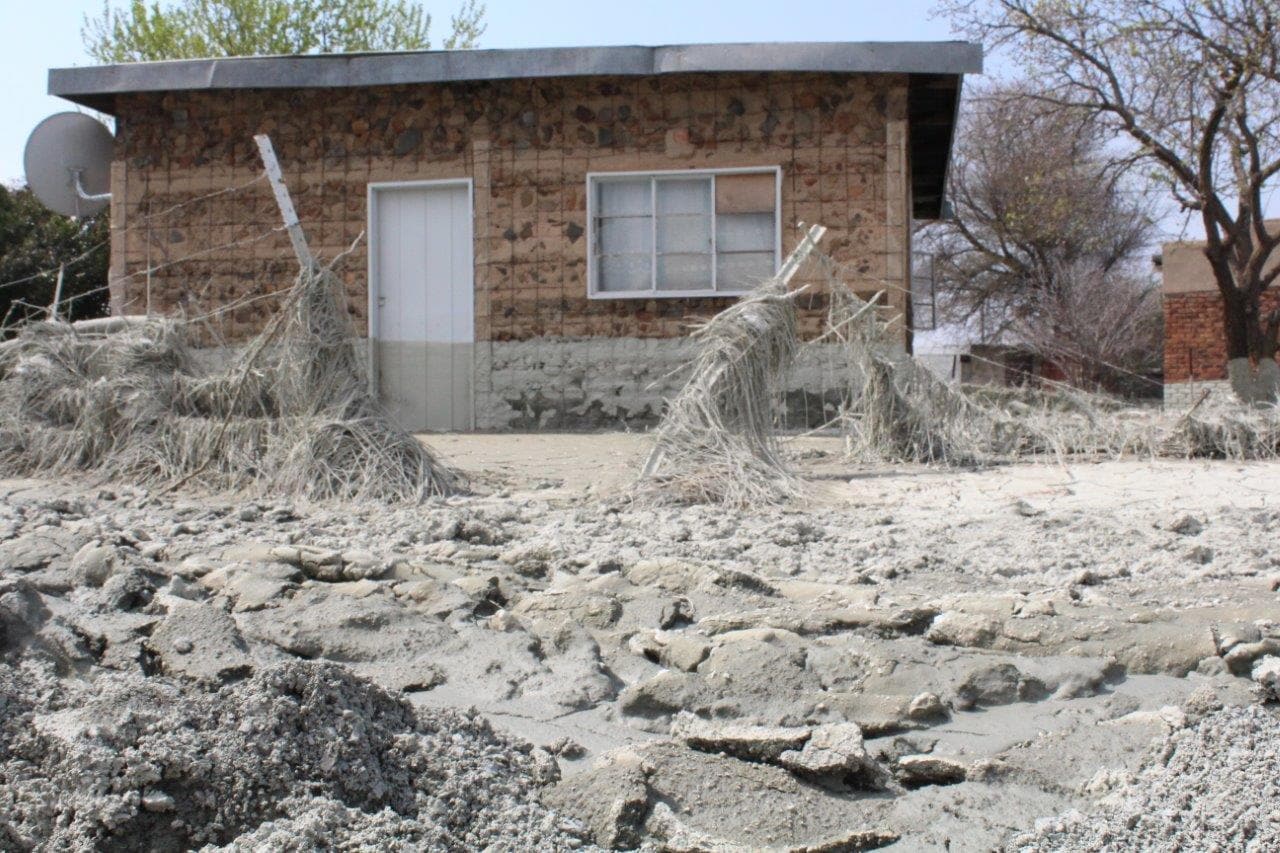
The department appointed the Universities of Pretoria and the Witwatersrand to investigate the causes of the failure of the original silt disaster from an engineering perspective.
“This is to assist the department to ensure that similar incidents are prevented in the future, and to improve its regulation of the second dam’s safety. The investigation is expected to be completed by the end of March 2024,” says Mavasa.
All the mining houses in the country were informed in April this year that all dams with an embankment higher than five meters and with a capacity of 50,000 cubic meters or larger must be registered with the department as high-risk dams.
“The department intends to issue a notice in the government Gazette to place, to enable him to compel those mining houses which are reluctant to register to do so. The department works with the Department of Mineral Resources and Energy and uses satellite technology to identify tailings storage facilities that may not meet the requirements.”
- Read on Sunday on RNews how the town and its residents now see it 13 months after the disaster.

